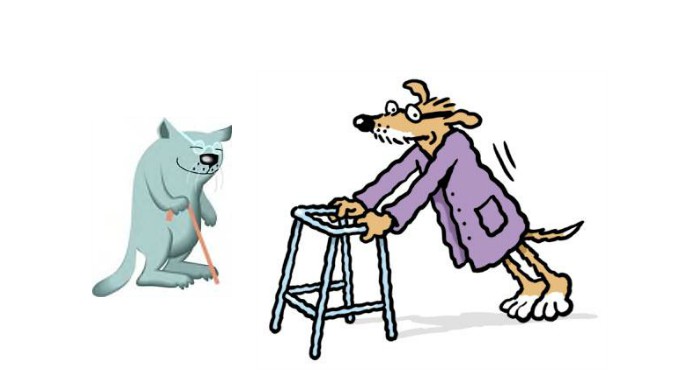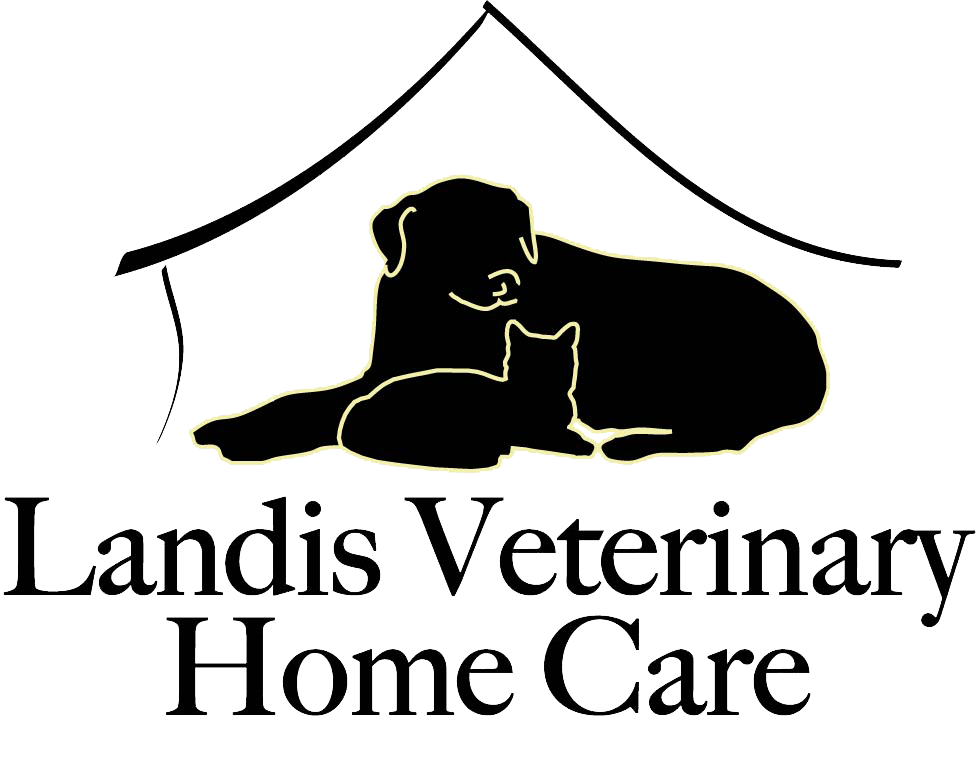
It's never easy to make decisions regarding what your pet's quality of life is. There will be good days and bad days throughout the hospice journey. This link is to a quality of life assessment from Ohio State University which may be helpful in visualizing an overall quality of life score,

Saying goodbye to a beloved friend is a heart wrenching experience. Often for our furry friends we end up in a situation where we must make the decision to end their lives. While having the ability to choose euthanasia (a good, peaceful death) can be a blessing, it often feels like a curse as well. We humans were not designed to feel comfortable taking another’s life – even if it may be for good reasons. It is normal and natural to be conflicted and have feelings of guilt when trying to decide what is best, and more importantly when is best.
This beautiful article is about a woman who went through (human) hospice while her husband was dying from liver cancer and how that experience changed her life. While animal hospice is a little different, the same principles apply - we're caring for the patient while helping the family through a very difficult time.
”This is not about death,” ... “This is about living. This is about making the most of the time - the finite amount of time that all of us have left.”
Article link here: Breaking the Stigma of Hospice Care: ‘It’s not about death.’
We all have been in situations where we are confronted with a person suffering a loss. This can be tough – for everyone. What do you say? You want to say something that will make them feel better but if you say the wrong thing it can make them feel much worse. So, what to do in this situation?
Say nothing.
Just listen.
Acknowledge their pain.
Clicking the image below will take you to a very good (and short) article about how we tend to try to make it better by showing that it could be worse. It’s called “conversational narcissism” and unless we are self-aware in the moment I think we all are prone. So, take a moment to read this. You will improve your conversational skills and be more prepared the next time a grieving friend needs support.
This article was in the New Your Times recently and talks about several things that are relevant in making the decision to choose hospice or palliative care for your pet. Just as with other forms of treatment, cost is a factor that must be considered. The writer of this article, Ana Homayoun, had pet insurance which covered a lot of her hospice expenses. Insurance can be very helpful but not all insurance policies cover hospice care so it is important to ask about this when choosing a policy.
Ana also talked about reading a book by Atul Gawande called “Being Mortal: Medicine and What Matters in the End.” While this book is about human patients the message can apply to any living being. What really is most important – the quantity, or the quality of the life (QOL) you have left? The book helped Ana make choices for her dog Masonthat improved her life as well as his. (By the way, if you haven’t read the book I highly recommend it!)
While we do have more advanced treatment options for our pets than ever before (including specialty surgeries or chemotherapy and radiation) we need to balance the potential risks and benefits of those choices with the potential benefits and outcome with palliative treatment options. In some cases palliative care can deliver the same life expectancy as with conventional therapies and with better comfortand QOL.
And finally, when the end came the author received excellent care and guidance for both herself and her dog. Caring is what we do best.
Article: NY Times Article

